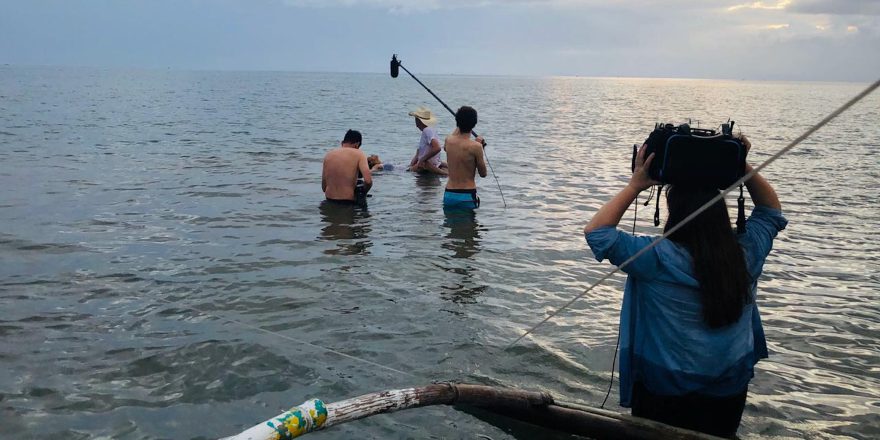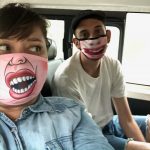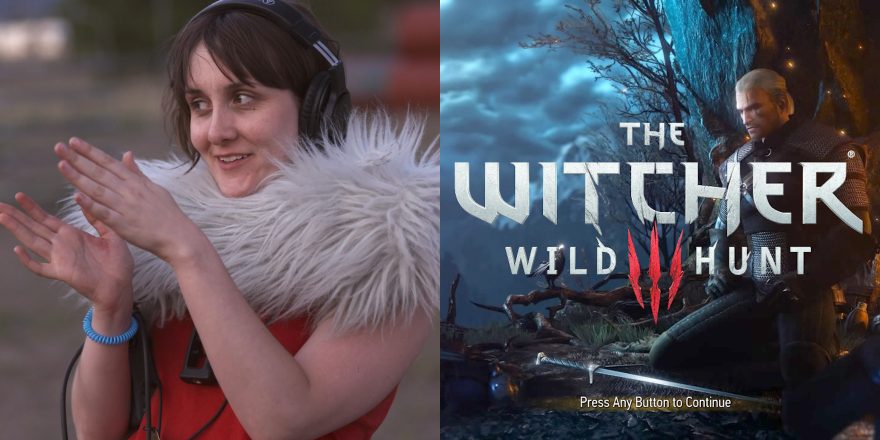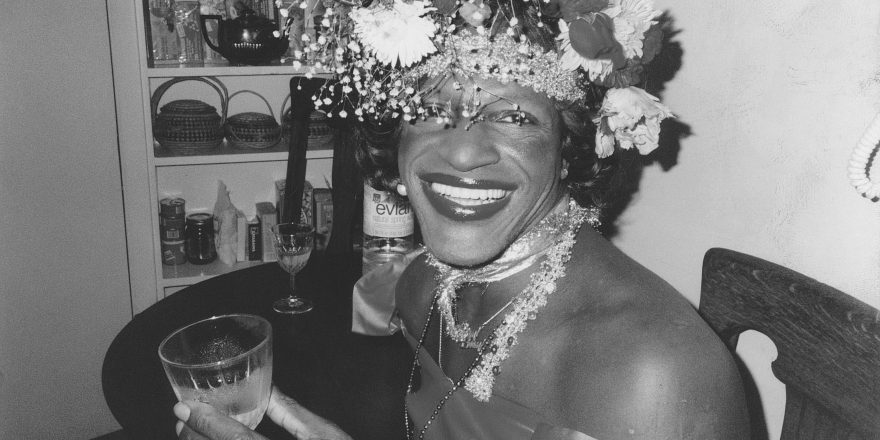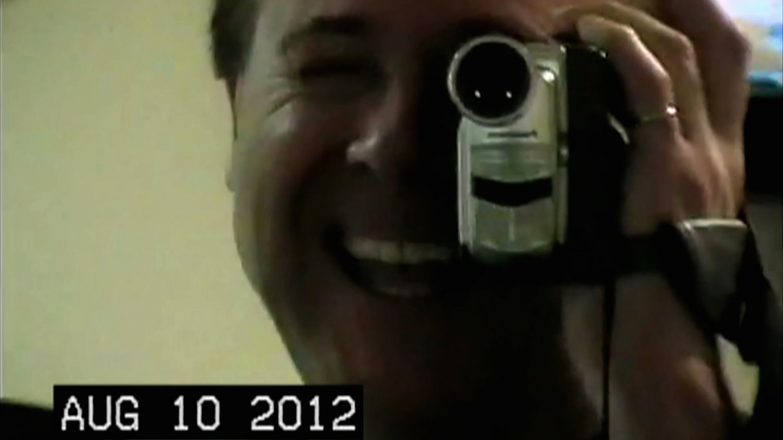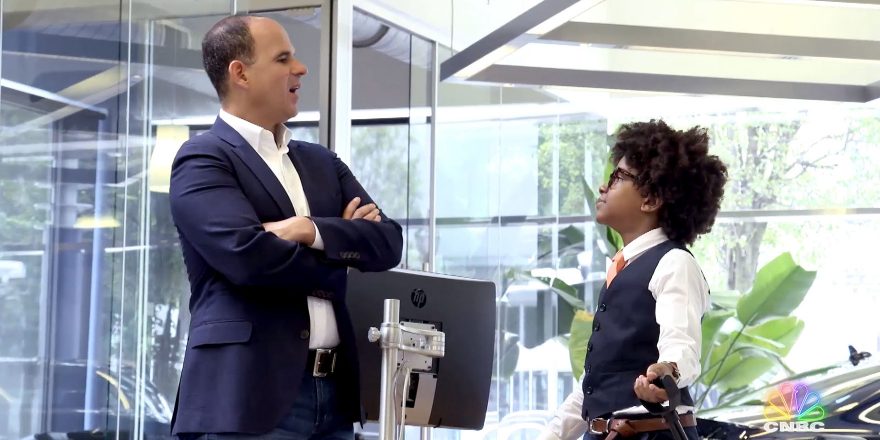We had been working on our film about the carpet industry for three years when our main subject, Roderick James Short – a 6’3” Scottish expat, dressed head to toe as an American cowboy – fell in love. His torrid, mainly app-based romance had inspired Roderick to relocate his life and unwieldy collection of Stetson hats from a small town in northwest Georgia, where we had filmed him for three years prior, to a remote fishing village on the island of Luzon in the Philippines. Up until this moment, we had managed to self-fund our project with a collage of held-over Delta miles and friends with air mattresses. International travel seemed near impossible, but was nevertheless essential to the story. We scrambled and made a collective decision to take on significant credit card debt to cover the cost of the shoot. Begging, borrowing and exploring the boundaries of audiovisual return policies, we cobbled together equipment and a tiny team to work with us in the Philippines, and then got our visas in order.
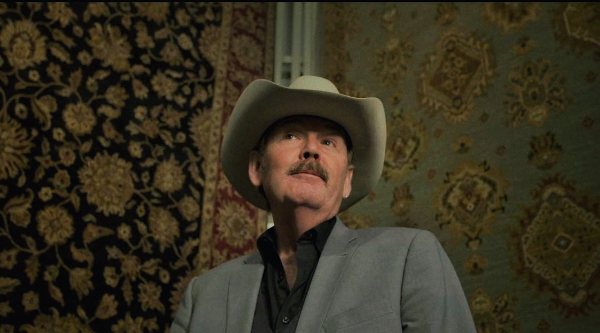
So far on Carpet Cowboys, we had worked in a largely improvisational way, showing up in Georgia with a camera and letting the subjects’ whims take us in bizarre and unexpected directions. The Philippines shoot required planning in a way we had been previously averse to. Schedules, humans to account for, dozens of hours of travel to plot out. We prepared as much as we could … and then a volcano erupted.
Just a few days before we were set to depart, the Taal volcano, which sits 62 miles south of Manila, at the base of a peaceful lake dotted with small fishing communities on the Filipino island of Luzon, began to eject steam and ash into the air. Mud rained down on the surrounding villages as lava began to spew from the mouth of the volcano for the first time in 43 years.
From our respective homes in New York and New Orleans, we watched blurry Twitter footage of the catastrophe … then called the airline to see if it would be possible to reschedule our tickets. We were scheduled to land in Manila, which was still engulfed in a white plume of ash, as the volcano spurted lava unpredictably. Unfortunately, the airline policy charmingly dictated that one cannot preemptively change or cancel a flight in the face of an active volcanic eruption. A refund may only be expected if the volcano is deemed to be erupting (at the discretion of said airline) during the exact moment the plane was scheduled to land. Understanding that the policy loosely linked our chance of a refund with our own untimely deaths, we decided to follow through on a sunk cost.
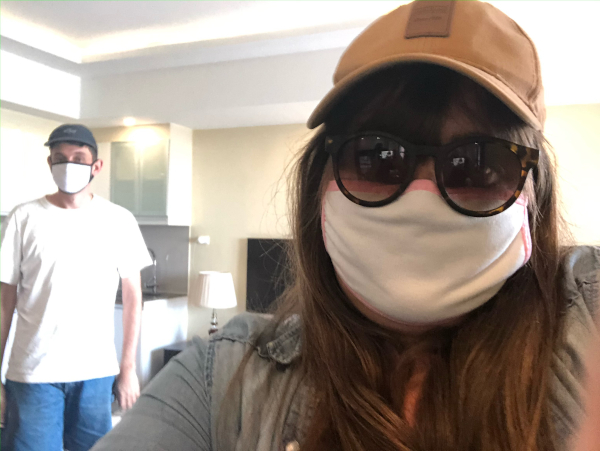
On January 17, 2020, after 30 hours of travel, we descended through the remnants of the ash cloud to the Ninoy Aquino International Airport to film a partially comedic documentary about carpet. Noah stockpiled N95 masks to maneuver in the ash, while Emily tried to sleep away the pesky case of recurring bronchitis she had started to feel flaring up flying somewhere between Guam and Micronesia.
We met underneath an elevated highway that roared with traffic even at 3 a.m. and hugged next to a white unmarked van in a compact parking lot. We had hired a fixer and driver, Deo Lagrada, and a local journalist/producer, Ana Santos, to help us navigate the island. Gabe Stewart came from Los Angeles on his own 25-hour journey to do sound. These were the first additional crew members we had worked with in just over three years of filming, and their presence, combined with an ongoing natural disaster, lent a bizarre journalistic gravity to what had so far been an almost alarmingly informal collaboration between the two of us. We muttered exhausted greetings through the masks and loaded into the van to continue the journey 10 hours south from Manila to Roderick’s new home with his partner, Rosario, in the small fishing town of Pasacao.
After snaking through dozens of small villages and mountainous forests, we arrived in Pasacao. We were shuttled to the only hotel in the town, which required us to navigate an extensive labyrinth of markets shielded from the sun by a cave-like system of tents and tarps – selling fish, vegetables, bread and counterfeit Nike products – before emerging, stunningly, into the fluorescent lobby of the small hotel where we would be staying.
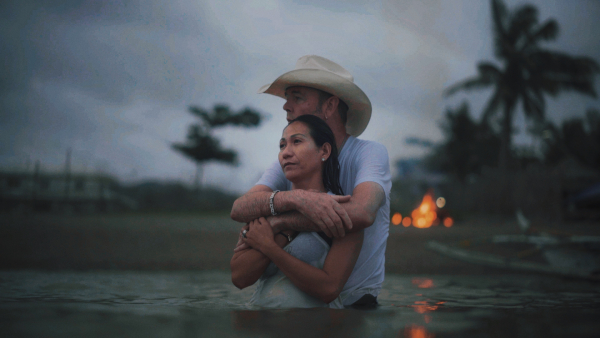
A few days earlier, after a seasonally characteristic rainstorm, one of Rosario’s family members had been on the balcony of one of the upstairs rooms. The metal guardrail had come in contact with a set of fallen electrical wires and shocked him violently enough that, when he met us, he had to apologize for not shaking our hands with his bandaged appendages. Noah settled into this room, taking over what was tentatively still being considered a crime scene. Meanwhile, Emily was in a smaller downstairs room with an A.C. unit that sprayed cold humid air into the room, fully activating her mild bronchitis, which was well on its way to becoming full-blown bronchitis. Rosario’s brother took her to the local pharmacy and helped her pick out cough medicine – a pill that packed a heavy dose of codeine, amphetamine and paracetamol.
As Emily was poised to become semi-dependent on cough medicine and Noah juggled the complexities of shooting with three cameras as one person, we dove headlong into production.
We spent two weeks in Pasacao with Roderick, Rosario and the extended family of siblings, parents, cousins, nieces and nephews. Roderick sauntered through the town in his custom boots, waving at children and singing country tunes. He was a strange sight to behold in such an isolated place, and we became part of that sight. A cowboy with a film crew, appearing and disappearing, here and then gone.
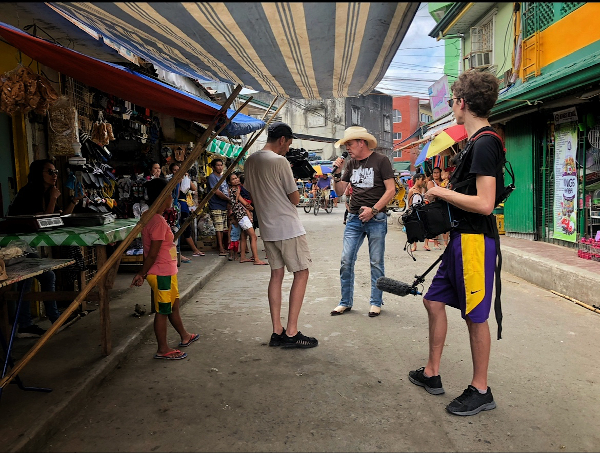
Midway through the shoot, we began making plans to return to Asia and film with Roderick in March 2020 at an international textile conference in Shanghai. But we also became aware that Rod’s correspondence with Chinese collaborators was now taking on a different tone. A regional flu outbreak was causing people to worry. Rosario’s cousin showed us a video of people in China eating bats, but her nephew told us it was a deep fake, not to pay it any mind. Toward the end of the shoot, we filmed a scene with Roderick leaning on a washed-up sailboat, Facetiming with his friend back in the States about the “Wuhan Virus.”
At the end of our several weeks, we hugged Roderick and Rosario goodbye and loaded back into Deo’s van for our 10-hour return drive to Manila. Six or seven hours into that trip, we entered back into patchy cellphone coverage for the first time since we had left the airport weeks earlier. Searching for overnight lodging in the sprawling mega city, Noah picked out rooms in a 70-story, modern glass tower flanked by a newly built Chinese replica of the Italian city of Venice.
When we arrived, we were greeted by soaring views of canals winding through a mall dense with lost-in-translation reimaginings of Italian restaurants and watch stores. Filipino gondoliers in striped shirts and straw hats shuttled tourists past Huawei stores draped in Italian flags. Curiously, everyone we saw was wearing a mask. We had assumed it was more customary in Manila, and it wasn’t until our driver refused to get out of the van that we realized anything was amiss.
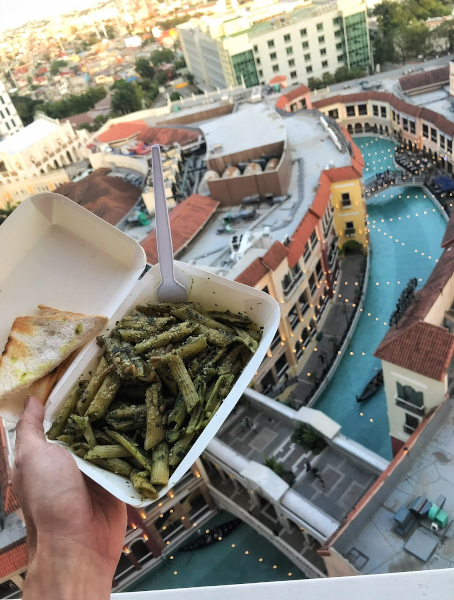
After weeks in a remote fishing town, we had failed to recognize how intensely things had escalated. Chinese cruise ships were being refused entry at the port in Manila, and Noah had led us to a major destination for those tourists who had chosen to arrive an alternate way. We sat at a red-checkered-tablecloth restaurant called Toni Sergio with dry, mostly unconsumed plates of spaghetti and tried to coordinate direct flights home.
It was unclear how urgent the situation was, but we were grateful to have the N95 masks we had purchased to protect ourselves from volcano ash. Now they served an entirely different purpose as we began our long journeys home.
Featured image shows Emily MacKenzie and Noah Collier with their crew filming Carpet Cowboys in the Philippines. All images courtesy Emily MacKenzie and Noah Collier.


